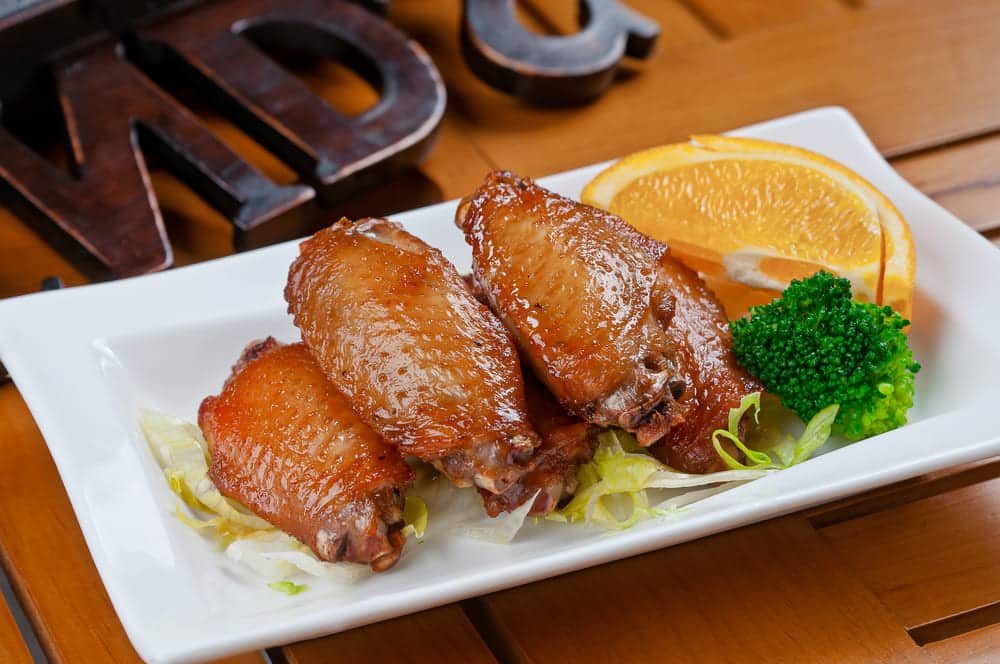
Chicken is a widely consumed bird but ensuring the moist and juicy chicken can be challenging. For this purpose, brining can be used because it’s a method of curing and rubbing the chicken. However, there are two types of brining, such as dry brine vs. wet brine which keeps everyone confused. With this article, we are sharing details about both brining techniques for chicken!
Dry Brine vs Wet Brine Chicken
Dry Brining
Dry brining is an alluring term that is all about salting and letting the food be before you cook the chicken. Dry brining is also known as pre-salting and it wouldn’t be wrong to say that it works like pre-heating.
Dry brining promises juicy and seasoned food and it doesn’t dilute the flavor. This is a suitable brining method for chicken but people also use it for other poultry, seafood, and meat. In addition, it leads to crispy and browned skin. The best thing about dry brining is that it’s easy.
With dry brining, the extra water content is removed but the natural moisture is retained to ensure the brain is full of taste and is concentrated. For instance, chicken is seasoned with kosher salt and let rest for a few minutes.
As a result, liquid and moisture will bead up the chicken’s surface through salt. Then, wait for ten more minutes and the liquid will start dissolving with salt, hence a concentrated brine. So, this brine is all about dry brining and only includes using salt.
Consequently, salt is absorbed by the chicken through a process of diffusion which means the exterior side will have a more concentrated flavor as compared to the internal side.
The salt can also dissolve and reshape the proteins, so the chicken can retain moisture after proper absorption. Dry brining the chicken will ensure that food is well-seasoned and tastes good. On top of everything, dry brining is suitable for people who have bought a big chicken.
Even more, dry brine promises undiluted flavor which means you won’t have to worry about bland chicken flavor. Once you cook the dry-brined chicken, the flesh will be soft while the outer surface will come perfectly crispy and brown, making it suitable for chicken steaks. Also, it can firm the chicken which means it can be easily maneuvered during cooking. Lastly, we would like to add that kosher salt with diamond crystal texture is suitable for better outcome and flavor.
Wet Brining
For the most part, wet brining is similar to dry brining because it involves salt water. However, people can also add other spices to improve the flavor. With wet brining, the chicken is submerged in salt and water solution for one day, before it’s put on the stove or oven for cooking.
With this method, the brine will soak into the skin and flesh of the chicken. In addition, it collects and plumps moisture and waster while soaking this salt solution, promising juicy chicken.
Many people confuse it with marinating but it’s a completely different method. In addition to chicken, it’s also suitable for turkeys as well as beef brisket cuts. As far as brining solution is concerned, you should add one cup of salt in a gallon of water.
However, you can add natural honey or sugar, clove, garlic paste, and citrus to enhance the flavor. Wet brining has been in practice for thousands of years and has been getting used as a meat curing technique.
However, with the availability of refrigerators, the wet brining technique is used for enhancing the flavor, tenderness, and texture of chicken. As far as the process is concerned, it’s pretty slow and you will need to be patients.
For this purpose, water is mixed with salt and other flavorings and seasonings, and chicken is submerged in it for at least twenty-four hours. However, you need to use a pot that can submerge the entire chicken in the solution (it will impact the flavor).
To get the best flavors and outcome, it’s suggested that the solution is properly boiled and stirred to ensure every ingredient is properly mixed. In addition, the sugar will be dissolved, so chicken will be able to dissolve the flavors in a better way. Since chicken has to be submerged in the pot, make sure that you put it in the refrigerator to save it from bacteria.